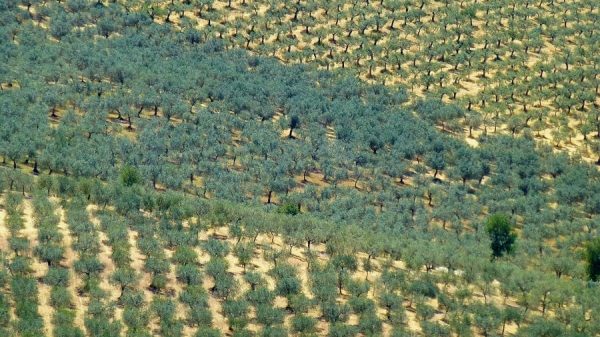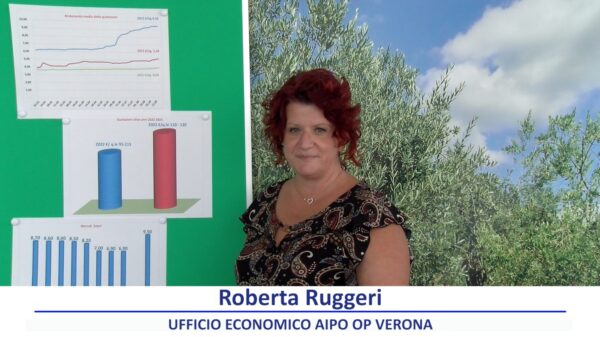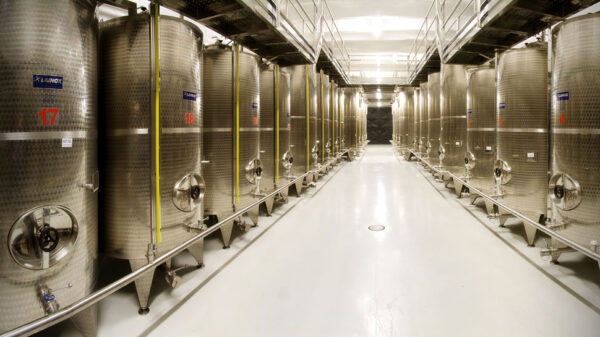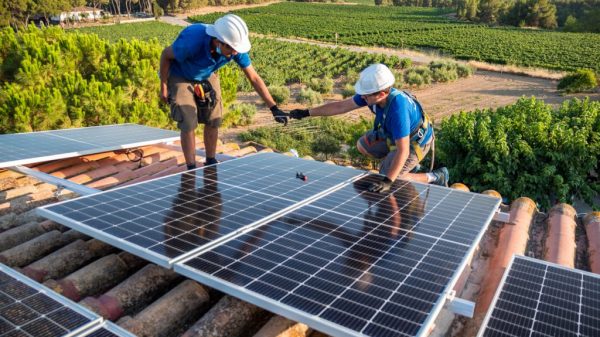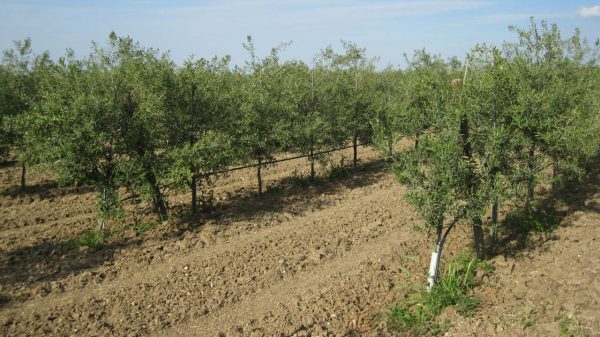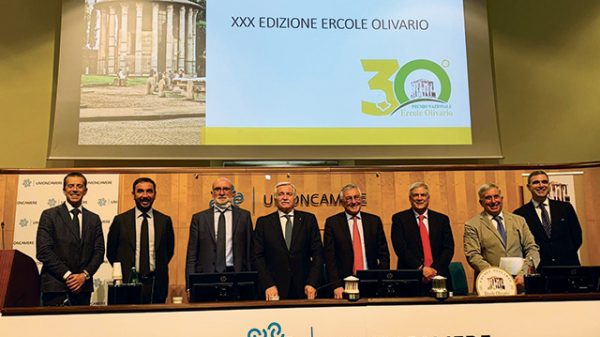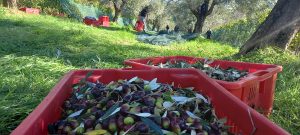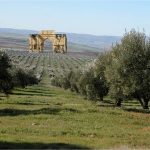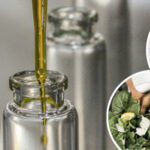According to the observatory's predictions Assoenologi, Ismea and the Italian Wine Union, that of 2023 could prove to be the lightest harvest of the last 6 years, once again characterized by the now chronic effects of climate changes which have led to important quantitative differences throughout the country.
It is an Italy divided in half: the North confirms last year's levels (+0,8%), while nethe Centre, the South and the Islands they register declines of around 20% and 30% respectively. In the North West we are witnessing the important recovery of Lombardy, followed by Liguria, Valle d'Aosta and Piedmont. The North-East is led by Veneto, despite everything growing slightly compared to last year thanks also to the entry into production of the new plants. Trentino-Alto Adige does not differ much from last year's levels, while Friuli-Venezia Giulia and Emilia-Romagna lose a few percentage points.
The situation is more homogeneous in the Centre-South, characterized by declines ranging from 20 to 45 percent, with much slower harvests expected, especially on the Adriatic coast (Marche, Umbria, Abruzzo, Molise, Puglia, Calabria, Basilicata) but also in Tuscany , Lazio, Campania, Sicily and Sardinia.
In all he is esteemed a total production of 43,8 million hectoliters, 12% less compared to the previous harvest and by almost 7 million hectoliters less than the average of the last five wine growing campaigns.
In this substantial diversification, the onset of vine diseases played an important role: the protagonist of the vintage was the fungal disease “downy mildew”, determined by the frequent and abundant rainfall which left many vineyards no chance, especially in the Centre-South. The Observatory technicians have however specified that lDowny mildew does not directly affect the quality of healthy grapes. The first bunches harvested intended for sparkling wine bases in fact present good levels of acidity and interesting aromatic frameworks, which give positive oenological prospects. For the other types they will be weather conditions until October are decisive when the bulk of the collection will take place.
This two-speed Italy has therefore caused one production contraction overall which to date would not allow our country to maintain world record, given the latest estimates France's production at 45 million hectoliters. Beyond, however, the loss of world leadership, which remains a purely statistical reference, operators know well that market shares and the value of production are the variables that really make the difference.
Therefore, a vintage with particular weather which has highlighted once again how the great professional technical potential allows companies that have relied on the technique and science of the many oenologists and viticultural technicians to obtain a quality in line with the average of latest vintages.


